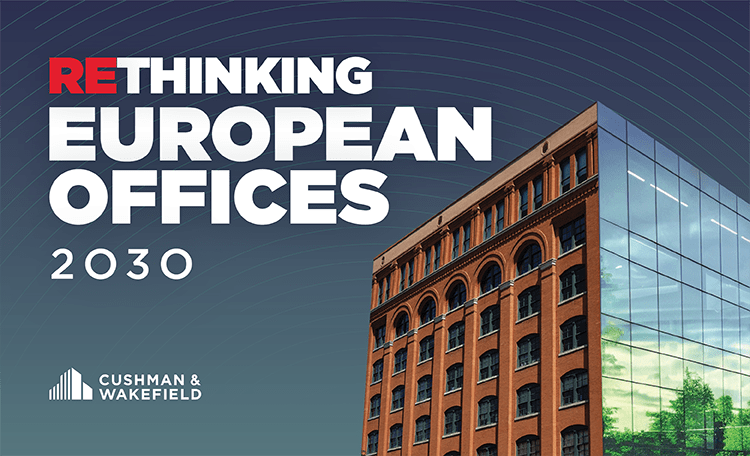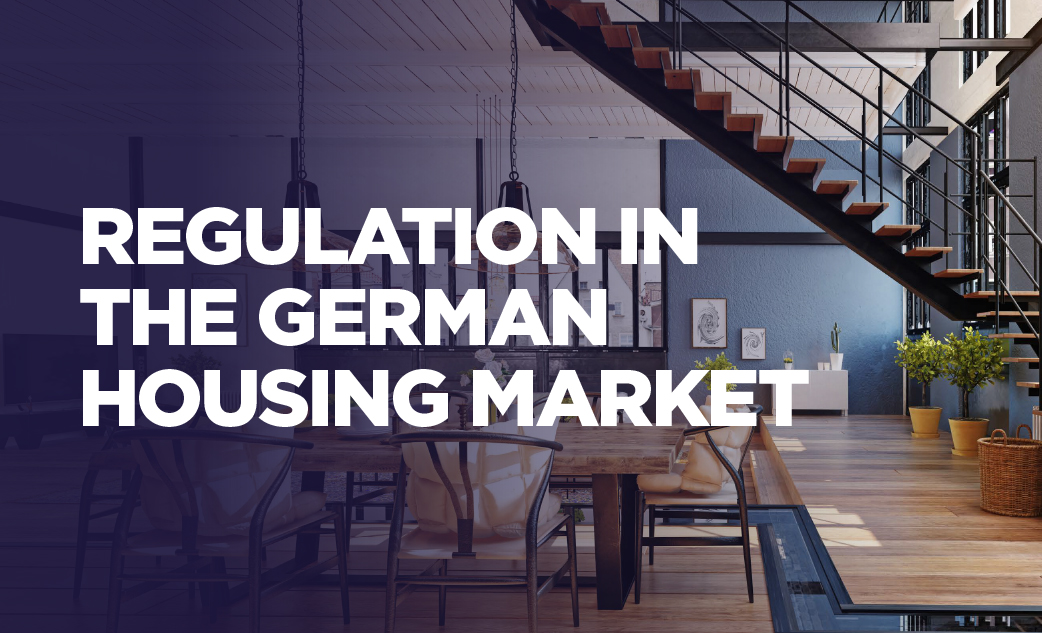Investor types, transaction activity, letting volume, clusters: Cushman & Wakefield's new report on life sciences real estate provides key figures and trends for this small but increasingly interesting asset class. "Due to its good growth prospects, life sciences real estate is increasingly attracting the attention of investors, despite the limited supply," explains Alexander Kropf, Head of Capital Markets Germany at Cushman & Wakefield.
The real estate requirements of the life sciences sector are directed towards different types of property: The headquarters of life sciences companies are often located in the city centre and may be prestige office properties. Administration, back-office and laboratory space, on the other hand, tends to be located in commercial or industrial areas on the outskirts of the city. Other locations are in technology parks, near educational institutions or in small German university towns.
Higher proportion of public funding
In Germany, the financial resources for life sciences come mainly from the public sector and non-profit initiatives. But the growing importance of life sciences is also having an impact on the real estate market. Life sciences real estate has developed into an investment niche that follows long-term macro perspectives, similarly to student housing, health care properties and data centres. "Several major global investors are planning to enter or make acquisitions in this segment," explains Simon Jeschioro, Head of Investment Advisory at Cushman & Wakefield.
Life sciences clusters in major cities and universities
The most important clusters include the metropolitan regions of Munich, Berlin, Hamburg and the Rhine-Main area. But cities such as Heidelberg, Tübingen and Freiburg are also important locations for this sector. Technology parks and educational institutions of the life sciences sector often act as centres or growth cores of the clusters.
One important cluster is in Berlin, due to its strong research and hospital landscape as well as the region’s closely coordinated business and politics. The biotechnology, pharmaceuticals and medical technology sectors are particularly strong. The transaction volume involving life sciences real estate in Berlin totalled EUR 634 million in the period from 2017 to 2021.
In Munich, the existing research institutions and the university landscape promote the settlement of new companies and start-ups. With two established biotechnology innovation and start-up centres (IZB) in Martinsried and Freising, the Munich market offers attractive and modern laboratory and office space. The transaction volume for life sciences real estate in Munich totalled EUR 1.27 billion euros from 2017 to 2021.
Around 700 million euros transaction volume per year
In the period 2017-2021, Germany’s life sciences real estate transaction volume averaged around EUR 700 million per year. The contribution to total office transaction volume was thus only 2.4 percent. The majority of the transaction volume (74 percent) was attributable to the top-5 markets of Berlin, Düsseldorf, Frankfurt, Hamburg and Munich.
Prime yields between 4.0 and 4.5 percent
The prime yields of life sciences properties are oriented towards office properties due to their high proportion of office space. While values between 2.50 and 2.80 percent are possible for classic office properties, prime yields between 4.00 and 4.50 percent can be achieved for life sciences properties with office space.
Special properties with good prospects
Life sciences properties are special properties that are user-oriented and not very standardised. The medium and long-term growth prospects for the life sciences sector are very good. Existing cluster structures in Germany will become more attractive and grow further in the future.






